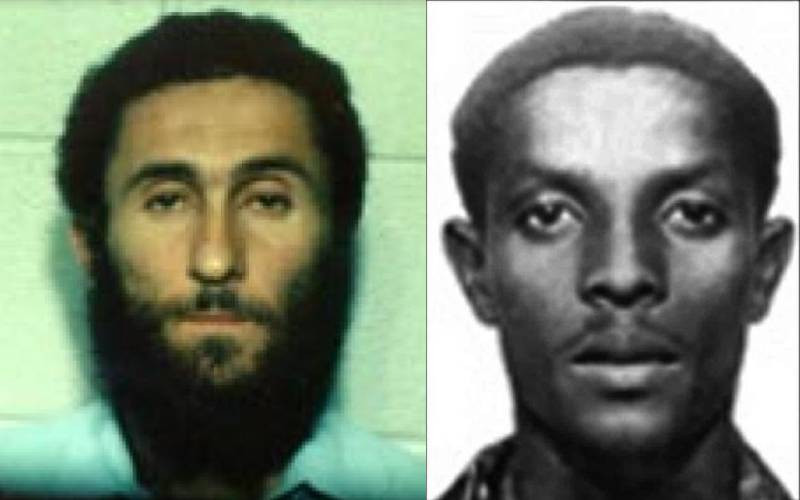×
The Standard e-Paper
Kenya's Bold Newspaper

A year before the 1998 Nairobi US Embassy bombing, CID (now DCI) detectives and FBI agents raided a house in Nairobi, where Wadih El Hage, an ex-secretary to Osama bin Laden, lived.
This was after intelligence reports showed the terror network was planning attacks in East Africa.